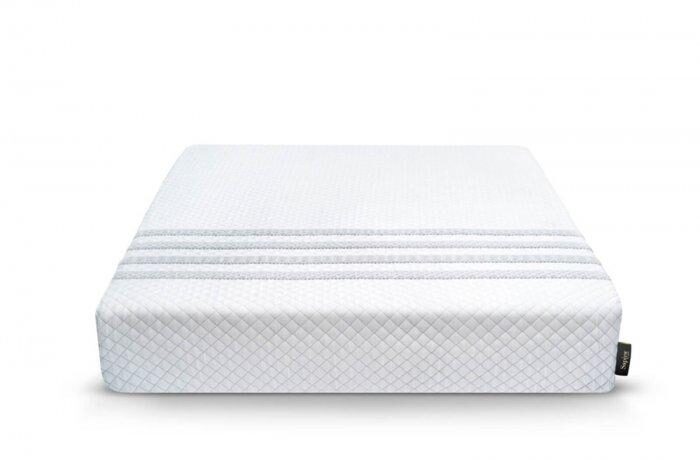Choosing a new mattress can be challenging. It is not hard to find articles explaining how many toxic substances can be used in their production. Of course, you can avoid buying poor-quality products and read a Layla, DreamCloud, or Novaform mattress review to see that you have a wide choice of renowned brands that provide excellent comfort and safety. But what if any of the models don’t meet all of your expectations and requirements? Here’s the answer – you can make your own mattress!
Don’t worry – we don’t mean that you’ll have to produce DIY foam or any other components. It’s only about choosing all of the mattress parts separately and getting them from different shops to assemble them yourself. Keep on reading to find out how easy it can be!
Step 1: Learn About the Mattress Structure
Making your own mattress requires you to understand how this product is constructed. Mostly, all its kinds have a very similar structure:
- The base layer – In most cases, it is produced from cheap polyfoam, and it plays the role of your mattress’s foundation. Thanks to it, a mattress holds its shape when you move it around and can be put on any type of base.
- The support core – In an all-latex mattress or an all-foam mattress, this part is foam-based. When it comes to innerspring or hybrid models, it is usually coil-based. The support core’s role is to reinforce the whole mattress structure and protect it from indentations, sagging, etc.
- The comfort layers – They are the top layers that are supposed to relieve pressure points and provide your body with comfort, as well as reduce the noise and movement.
- The mattress cover – You need this element to zip around the whole construction and enclose the layers, providing your mattress with a polished look and improving its durability by keeping out dirt, moisture, and bacteria.
Step 2: Select The Mattress Type
To find out what materials to get for building your DIY mattress, you need to know which type suits your needs best. The most common ones are:
- A latex mattress – It’s an amazingly durable mattress made almost entirely from organic latex that is naturally hypoallergenic. Bear in mind that for this one, the building materials can be quite costly.
- A foam mattress – These products are famous for their conforming feel, especially if they’re made from memory foam. Apart from convenience, they offer great motion and noise absorption but provide poor minimal edge support. Also, they can sleep quite hot.
- A hybrid mattress – In this kind of mattress, you will find coils as the support layer. However, contrary to innerspring models, the coils are pocketed here, which provides higher comfort and stronger edge support.
- A wool mattress – A mattress with wool batting provides a very firm surface for your back, which can be a pro for some people and a con for others. They are appreciated for temperature control, as they are warm in winter and cool in summer.
Step 3: Start Building Your DIY Mattress
When you already know what kind of DIY mattress you want to build, and collected all the materials necessary for it, you can start building!
- Spread the unzipped mattress cover out on the floor.
- Place the base layer inside the cover.
- Put the support layer on the top of the base one.
- Put the comfort layer on the top of the support one. In case you were using more than one, make sure to place the firmer one first.
- If necessary, place more comfort layers.
- Zip up the mattress cover.
- Place your DIY mattress in your bed frame, put all the sheets and bedding, and that’s it!
The Bottom Line
There are many famous brands in the mattress industry, and with their products, you can easily be provided with great comfort. However, if you’re very demanding and want to get creative, you can make a DIY mattress. You just need to know how they are built and which type is the closest to your expectations, order all the components, and start building.
You can choose, for example, a wool mattress providing excellent support for your back with its firm surface or a latex model, which will save you from suffering from allergies. There is also memory foam that can provide you with an unspeakable comfort level, cushioning all of your body.
The most significant advantage of DIY products is that you don’t have to go for compromises – you can make them exactly as you want. Good luck with your mattress making!
Paulina Dolatowska





